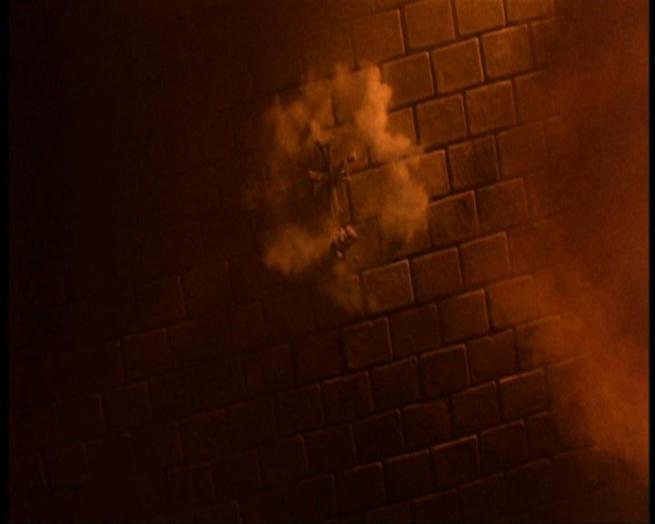With this article I begin a series of studies about the legendary nightly creatures 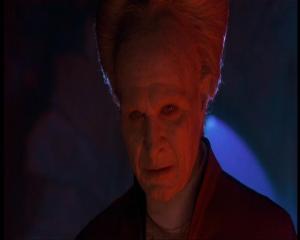 known as “Vampires”.
known as “Vampires”.
In this “quest” I will refer to ancient legends, ballads, books, and also movies, all that can be useful.
Indeed there are many and also numerous elements relating to these legendary creatures of the night, so it is necessary to organize this matter in an ordinate manner.
Therefore, I start with the most celebrated of all the vampires, that is Draculya.
First of all must be considered the historical character of Vlad III, and after it, a fundamental argument: how he became a nightly hunter.
Vlad III, also known as Vlad Tepes (the “Impaler”, a surname coming from his methods of torture and execution) and “Dracula”( also pronounced “Draculea” and “Drakulya”) was a Prince of Wallachia during the fifteenth century. 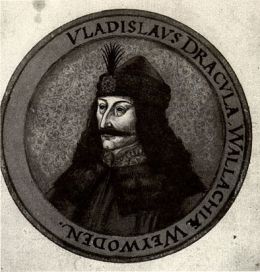
The word “Drakulya” is from the latin word “Draco”, that means “Dragon”: therefore the meaning of the surname “Draculea” is “Son of the Dragon”. Or also “Son of the Devil”, “Son of Satan”: in fact in the romanian language and tradition “Dragon” and “Devil” are a synonymous.
Draculea, historically, distinguished himself as voivode of Wallachia, in protecting the Oriental Europe and so also the entire Europe, from the assaults and attempts of conquest by the Ottoman Empire. 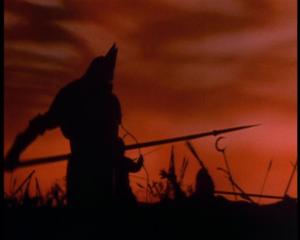 At that time in fact, the Ottomans were a strong empire that was preparing and planning the conquest of the West: but it is important to remember that the expansion of the Ottomans in Europe (but not their will of subjugation) was actually caused by the Byzantines themselves, as in the fifth century, during the barbarian invasions against the Roman Empire.
At that time in fact, the Ottomans were a strong empire that was preparing and planning the conquest of the West: but it is important to remember that the expansion of the Ottomans in Europe (but not their will of subjugation) was actually caused by the Byzantines themselves, as in the fifth century, during the barbarian invasions against the Roman Empire.  At that time in fact the Byzantines, using bribery and money, deviated the incursions of the barbarians (especially but not only, of the Goths) against what remained of the Roman Empire, so provoking its invasion and fall: a real betrayal.But coming back at the time of Vlad III, nothing remains unpunished in history.
At that time in fact the Byzantines, using bribery and money, deviated the incursions of the barbarians (especially but not only, of the Goths) against what remained of the Roman Empire, so provoking its invasion and fall: a real betrayal.But coming back at the time of Vlad III, nothing remains unpunished in history.  In 1345 the Byzantines asked help to the Ottomans against the Serbs, but soon the turks extended their rule over the Byzantine territory, leaving free and safe only Constantinople, the byzantine capital: they defeated the Serbs, and after having occupied the Bulgaria, the turks conquered also the Wallachia.
In 1345 the Byzantines asked help to the Ottomans against the Serbs, but soon the turks extended their rule over the Byzantine territory, leaving free and safe only Constantinople, the byzantine capital: they defeated the Serbs, and after having occupied the Bulgaria, the turks conquered also the Wallachia.
At that point, the entire Europe sent the Crusaders for to oppose and for to end the advance of the Ottoman armies; but they were defeated at Nicopolis (near the Danube, on the border of Wallachia) in 1396, and after also in Varna in 1444. 
So the Ottomans turned directly against Constantinople: the city was besieged and conquered in May 1453, and also its name was changed. It was the end of the Byzantine Empire, surviving for almost a thousand years to the fall of the Roman Empire, a fall that indeed was provoked and instigated by the oriental empire.
At that time, Vlad III had approximately twenty years, and Transylvania was a  border land, a land on the brink of the total invasion, a land divided also internally, mainly because of the corruptions made by the Ottomans to its various princes and kings: Transylvania was in fact the door for to come to Vienna and then to begin the conquest of the whole Europe from the east.
border land, a land on the brink of the total invasion, a land divided also internally, mainly because of the corruptions made by the Ottomans to its various princes and kings: Transylvania was in fact the door for to come to Vienna and then to begin the conquest of the whole Europe from the east.
In these tragic times, the prince Vlad III distinguished himself as a protector and a defender of Europe.
He is better known for his cruelty toward his enemies, that were the turks and even his own countrymen who have betrayed him, all preys of the ottoman’s corruption.
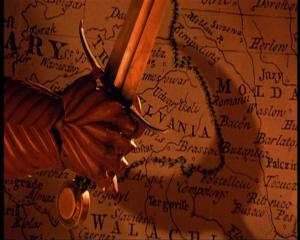
Feared and widely criticized for his acts of fierce cruelty against his enemies,  Vlad III is instead greatly respected by the Romanian tradition, also contemporary, that sees him as a patriot and a saviour, a warrior-Prince who was able to save his homeland and his people by the advance of the Ottomans, who in fact would have certainly caused cruelties even worse of him, if they had succeeded in their intent to conquer Europe, that would have been a prey for the hordes of invaders: just think in this respect to the results caused by that conquest in other parts of the world such as No
Vlad III is instead greatly respected by the Romanian tradition, also contemporary, that sees him as a patriot and a saviour, a warrior-Prince who was able to save his homeland and his people by the advance of the Ottomans, who in fact would have certainly caused cruelties even worse of him, if they had succeeded in their intent to conquer Europe, that would have been a prey for the hordes of invaders: just think in this respect to the results caused by that conquest in other parts of the world such as No rth Africa and Greece, where entire populations and cultures were literally erased from human history for to fade into mere remembrance.
rth Africa and Greece, where entire populations and cultures were literally erased from human history for to fade into mere remembrance.
Besides, the moslem pincer in those years threatened the Europe by two points, namely Spain and Eastern Europe: hence the general situation at the time of Vlad III was even worse and more tragic in respect to the old days of the Battle of Poitiers (732), when instead in the East there was still the byzantine empire (and in fact this latter defeated the arabs in their first attempt to conquer Constantinople, in 717).
After the “death” of Vlad III, the Ottomans succeeded to conquer Transylvania, reducing it in a state of vassalage, and they continued for many centuries their attempts of invasion of the whole Europe (several were in fact the sieges against Vienna, in 1529 and in 1683, always failed), but they never succeeded. And this thanks especially to the sacrifice of men like Vlad III, of whom one can criticize the methods, but certainly not the goal: to protect and save his people and his world, the whole Europe and its people, from an invasion that would have brought only to death and destruction of entire peoples and cultures and traditions.
A movie that is fairly faithful to the life story of Vlad III is “Dracula-The Dark Prince”.
This is a brief historical introduction on Drakulya, and it will be better to come back later on it, maybe in another article devoted mostly to the historical aspect of the character.
For more informations, sources, images, etc. :
http://luthoralexander.blogspot.com/2010/04/vampire-legends-dracula-part-i.html




